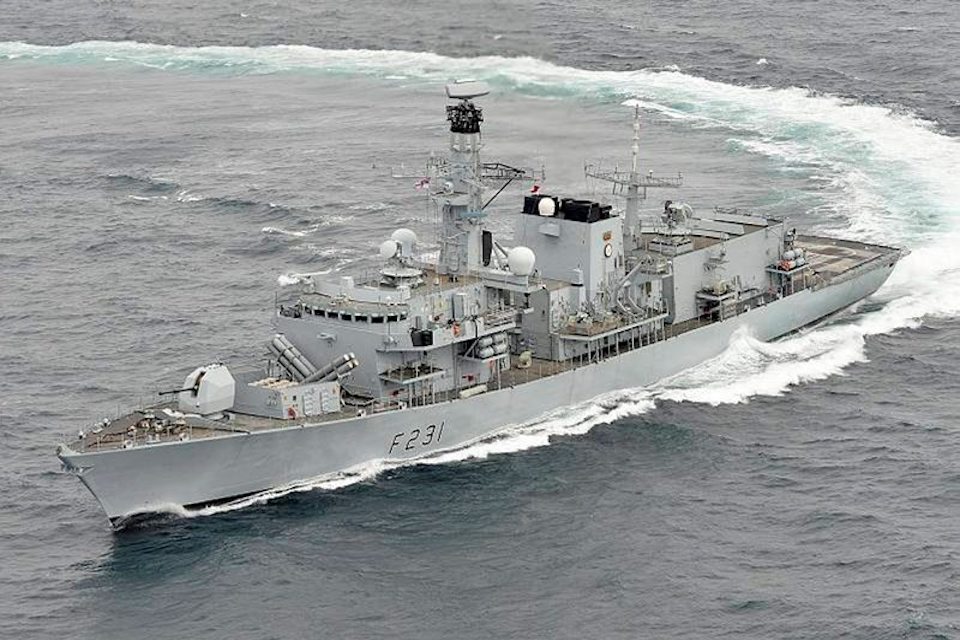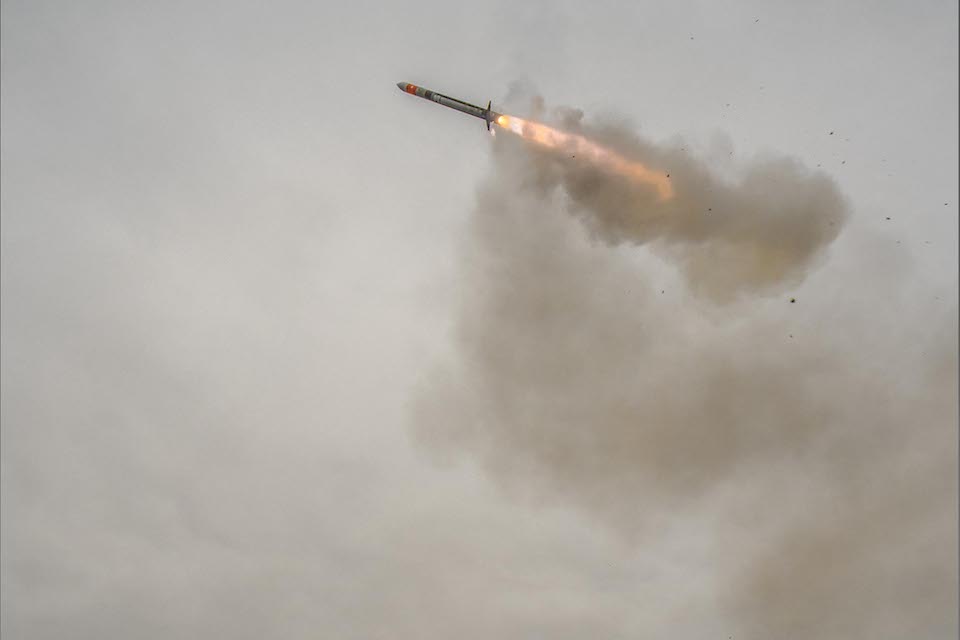News story: Hurricanes Irma and Maria: government response and advice
Updated: Foreign Secretary’s ministerial meeting support to UK Overseas Territories added
Travel advice for places affected by Hurricanes Irma and Maria
Hotline for British people affected or concerned about others in Dominica: +44 (0)20 7008 0000.
Hurricanes Irma and Maria affected large parts of the Caribbean. The Foreign & Commonwealth Office (FCO) updated travel advice to provide guidance for British nationals in the countries and overseas territories affected:
- Anguilla
- Antigua and Barbuda
- Bahamas
- British Virgin Islands
- Cuba
- Dominica
- Dominican Republic
- Guadeloupe
- Haiti
- Martinique
- Montserrat
- St Eustatius and Saba
- St Kitts and Nevis
- St Lucia
- St Maarten
- St Vincent and the Grenadines
- Turks and Caicos Islands
- USA
See also the guidance on what to do if you’re affected by a crisis overseas.
Keep up-to-date with changes to travel advice
- subscribe to e-mail alerts for GOV.UK travel advice updates.
- follow @FCOtravel on Twitter or FCOtravel on Facebook
Government response
27 September
24 September
22 September
21 September
20 September
18 September
- First Secretary of State’s update on government response to Hurricanes Irma and Maria
- International Development Secretary: UK ready to respond to Hurricane Maria
- Sir Alan Duncan’s post-COBR meeting statement on Hurricane Maria
- Foreign Secretary’s United Nations General Assembly meeting on Burma and also Hurricane Irma
15 September
- Overseas Territories Minister visits the Turks and Caicos Islands
- Over 60 tonnes of UK aid has now reached the Caribbean
- Public Health England experts to aid recovery on storm-hit Overseas Territories
- UK government response in numbers: 15 September
14 September
- Foreign Secretary’s press conference with Rex Tillerson
- £1.3 million raised for Hurricane Irma British Red Cross Appeal
- Bermuda’s support for the hurricane relief effort
13 September
- Foreign Secretary’s visit to the UK Overseas Territories
- Foreign Secretary to host high level talks on Hurricane Irma
12 September
- UK continues to urgently deliver vital aid
- International Development Secretary’s update on the UK response
- Sir Alan Duncan’s statement to the House of Commons
- Foreign Secretary to visit hurricane-hit islands
- UK government response in numbers: 13 September
11 September
10 September
- Foreign Secretary’s post-COBR meeting statement on support for the UK Overseas Territories
- Their ordeal is not over but UK is doing everything it can to help Hurricane Irma victims: Boris Johnson’s article
- UK government actions update
9 September
- UK military provides relief to the Caribbean through Operation Ruman
- UK government matches public donations to British Red Cross Appeal
8 September
- Prime Minister’s statement following the COBR meeting
- International Development Secretary: more than 20 tonnes of UK aid on its way to the Caribbean
- Foreign Secretary’s update
7 September
- Prime Minister announces £32 million support
- International Development Secretary’s update on UK support
- Sir Alan Duncan’s statement to the House of Commons on the UK government response
- Foreign Secretary’s statement on Anguilla and the British Virgin Islands
- Prime Minister’s call with President Macron



